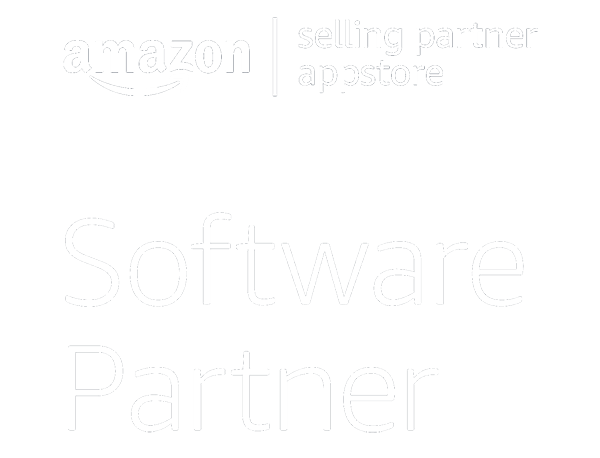
Email lists are a powerful way for small businesses to reach their customers. By building a small business email list, you can stay in touch with customers and let them know about new products, services, and special offers.
Follow these tips to build an email list that will help you reach your customers and grow your business.
Benefits of Business Email Lists
Email lists are one of the most proven ways to bring customers to your website. According to GetResponse, email lists are not only one of the oldest and inexpensive digital marketing tools, but also the most effective tool when bringing traffic to your website with specific intent.
Pros of an email list include:
- Direct conversations with potential customers who want to hear from you
- Informative tool to explain changes that impact customers
- Conduct questionnaires and surveys
- Send direct messages and updates
- Drive customers to your business directly
- Connect personally with customers to strengthen relationships
- Specific targeting for messaging
Related: Low-Cost Marketing Strategies for Your Small Business
How to Create an Email List
1. Create a Call-to-Action on your Website
A subscription button or pop up on your website is a great way to start an email list. Customers who are interested in your business can independently add their email to a list of emails so they can start receiving direct and personal information about your business. This can save a potential customer by giving them the opportunity to easily gain more information or answers to their questions. You can also advertise discounts and promotions to make the email list seem more desirable. Speak to the value of joining your list, and use action words.
It shouldn’t be the only source of subscribers (more on this later), but almost every small business can start with a registration button on the website that will help them build an email list.
2. Design Convincing Content
You want your business to seem irresistible to your buying customer. Therefore, learn who you are writing for and create content designed to meet their needs. If the target audience can relate to your content, you are one step closer to adding them as customers. In fact, be personable and add names! (These can be generated automatically from your customer data).
3. Add Email Sign-Up Button to Social Media
Your customers are almost certainly on at least one social media platform. Potential customers follow your business social media pages to be able to keep up with products and updates. By adding a button to the email list, you are providing them another way to receive information in a more personal manner.
4. Use an Email Marketing Software
There are many software programs available to help with the process of email marketing. The right fit for your small business depends on your budget, your business model, and how much email customization you want to build into a customer journey. For example, Constant Contact and MailChimp both offer customizable templates, easy-to-use tools, and support if needed. Email marketing can be complex, but these software programs make it easier for small businesses who don’t have a lot of time or money to invest in professional help.
5. Keep Your Emails Short and Sweet
You want your customers to stay engaged, so get to the point. You can (and should) link to more content on your website or blog. The goal is to get customers to take action from your email. That might include shopping on your retail site, clicking an offer for one of your products, or registering for a piece of content that qualifies them for a sales opportunity. Overall, give them just enough information in the email to encourage an action, and don’t overwhelm them with copy. Use strong headlines, images, and bulleted lists to grab and keep their attention!
6. Test, Test, Test
You want to make sure your email list is engaging for your target customers, so test, test, and test again. Use A/B testing on your subject lines and calls to action. (Send one subject line to half the list and an alternative subject line to the other half). Measure the performance of your variations. This will help you decide what works best for your business. Also, try different cadences and send times to see what gets the best response from your customers.
It should go without saying, but we’ll say it anyway. Make sure you are measuring progress toward a goal for each email. How many recipients are opening the email? Clicking the CTA? Converting on the landing page? Purchasing the offer in the email? Whatever the reason you created the email, measure its contributions toward your business goal.

What Makes a Great Email List?
Great email list can be measured by quality, significance, and amount.
Quality: The first step is to make sure the email list is full of people who would be interested in your product or service. Capture prospect and customer data in a way that gives you confidence that they are the correct audience for your business. You can collect emails at events relevant to your industry, from customers who shop in your store, or through digital/social content. You should also periodically audit your lists to be sure you’re reaching an audience that is targeted and relevant to your business.
Significance: The second step is to make sure the email list is significant, meaning it has a large number of people on it who are potential customers. You can build a significant prospect list through numerous digital marketing efforts. And you can grow your customer list by asking for email addresses when they engage with your business. This is easy for online products and services, but many brick-and-mortar shops also create effective protocols for opting customers into email marketing during transactions in the store front.
Amount: The third and final step is to make sure the email list has a good amount of people on it. This means that it should be large enough to reach your target market. Therefore, the larger you grow your list, the more significant return you’ll see on those open rates and click rates.
If your list becomes large enough that you need to segment it for messaging purposes, it may be time for a more powerful email tool and a new hire on your marketing team.
Make it Yours!
Building a small business email list can be a great way to reach new customers and grow your small business. By following these tips, you can create a successful email list that will help you connect with your customers and drive traffic to your business.
Once you have a list of email addresses, you can start sending out emails to your subscribers. Lead with value in your email content, and show them why they should take the action that you’re presenting in the email. As you improve your email marketing strategy, you will take your business to new heights and build connections with loyal customers while also attracting new ones.

